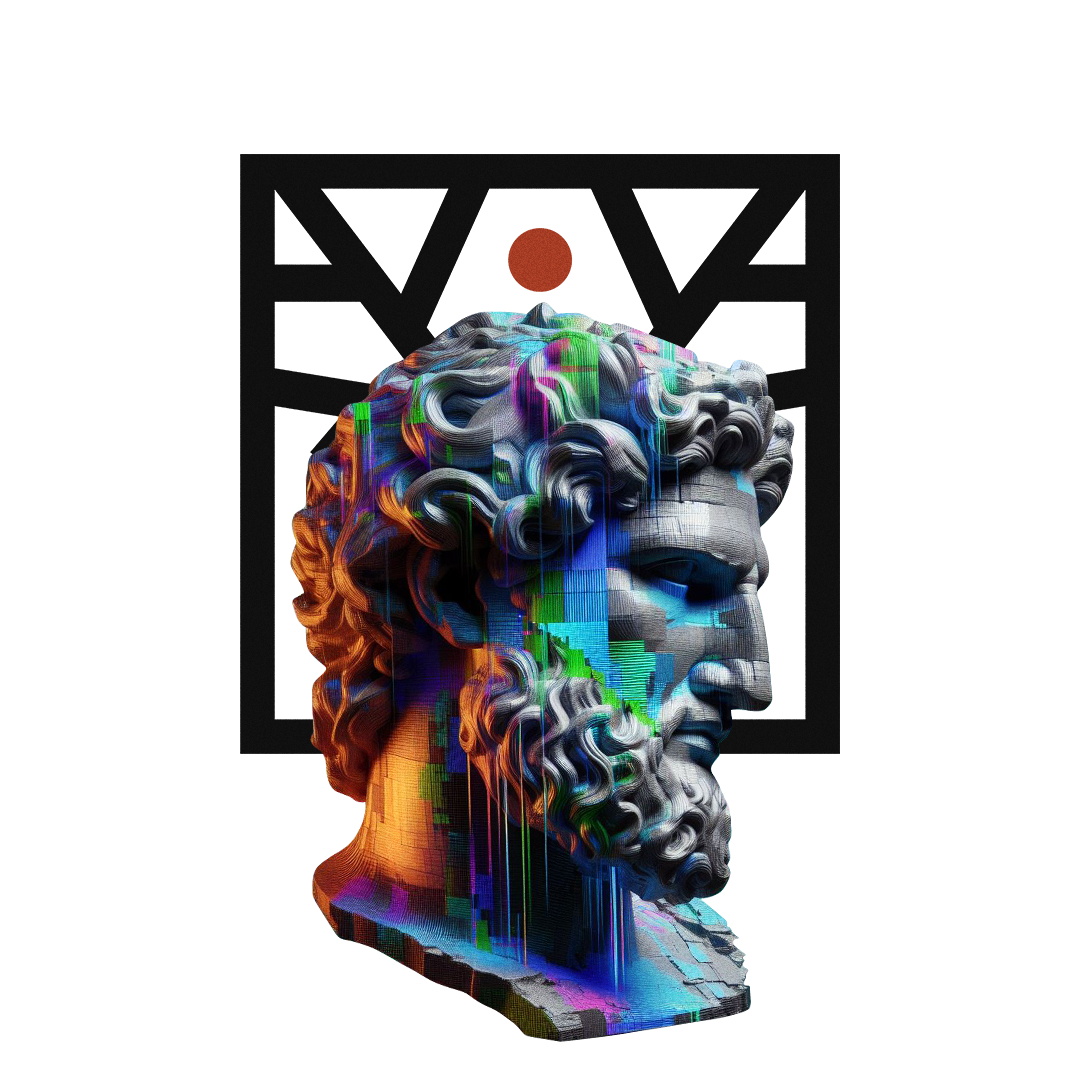A Legal Outlook on the Apple Antitrust Lawsuit
Aug 15, 2024

I`m proud to represent first EEA law firm issued its own NFT in 2021 and specializing in tech, corporate, tax & IP laws.

I`m proud to represent first EEA law firm issued its own NFT in 2021 and specializing in tech, corporate, tax & IP laws.